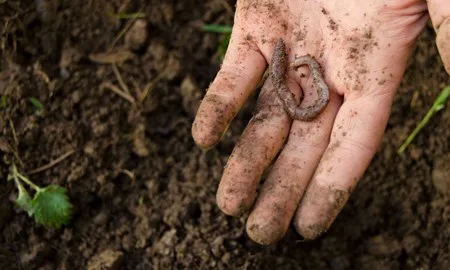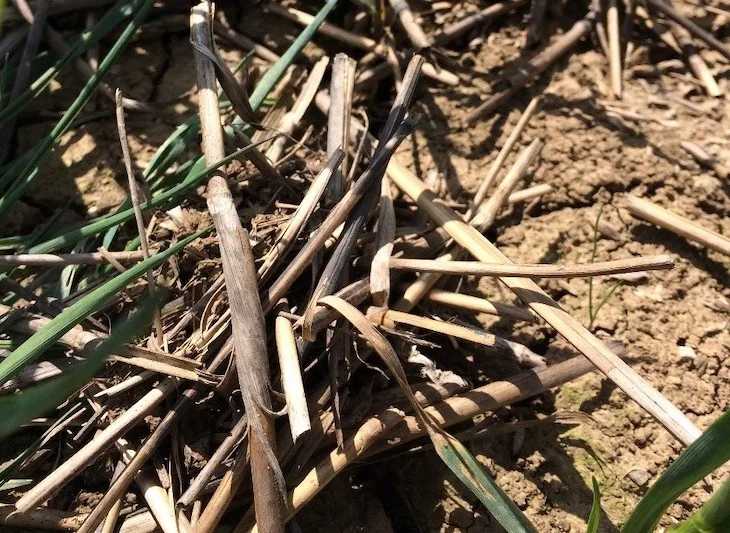
Author
| 30th July 2019Improving soil health through earthworm management
Earthworms are rightly known as ‘ecosystem engineers’ which provide benefits including:
Breaking down organic matter (e.g. dead roots, crop residues, leaves, grasses, and manure) for food
Nutrient and carbon cycling, increasing nutrient availability to plants
Improving soil aggregation and workability
Aiding crop rooting and water infiltration (drainage)
A food source for wild birds and small mammals
Earthworms feed on soil and plant debris, using their digestive system to concentrate the organic and mineral constituents into a nutrient-rich, readily available form. Their movement in soil mixes organic matter and creates channels that improve aeration, root growth and water infiltration.
There are 29 earthworm species in the UK, and 10 are commonly found in arable soils. These can be grouped into three types:
Surface dwelling (epigeic) - live in the surface litter layer and are particularly important for cycling crop residues and organic matter
Topsoil (endogeic) - shallow, horizontal burrowing worms that aid soil aggregation and nutrient mobilisation
Deep burrowing (anecic) - nocturnal feeders that pull surface material into underground burrows. They create permanent, deep (up to 2m) vertical channels which improve drainage and crop rooting.
Measuring earthworm populations
Timing is key when assessing earthworm numbers, as activity depends on soil moisture and temperature.
Worm middens (up to fist-sized mounds of organic debris like leaves, straw or even gravel size stones - see image below) on the surface provide a useful indicator of activity of deep-burrowing worms.

Worms require moist (not waterlogged) soils to move around and warmer temperatures for eggs to hatch.
In dry soils, they migrate deeper for moisture so avoid sampling during summer, or when fields are very cold and waterlogged in winter. Spring (mid-March to April) or autumn (October) are ideal periods for sampling.
Dig five soil pits with a fork approximately 20x20x20cm, in a ‘W’ shape across the field, placing samples onto a mat to hand sort, wash and count worms. Also look for vertical drainage channels roughly the diameter of a pencil.
To determine the species present, remember that only adult earthworms can be reliably identified, so separate adults from juveniles (immatures). Adults have a distinctive belt (typically white, pink or red) called a “saddle”, which can be easier to spot on the underside near the head. Size does not correspond with maturity.
While research suggests more than 16 worms per forkful of soil is a “high” population, there is no definitive target. More important is to have all three types present across the sample area.
See Worm Science for a guide to earthworm sampling and identification or use the OPAL guide to British earthworms. Record the location, date and results for all samples to help inform future management.
Thanks to Jackie Stroud, founder of http://www.wormscience.org, for providing much of this information, based on her fixed-term fellowship at Rothamsted Research.
